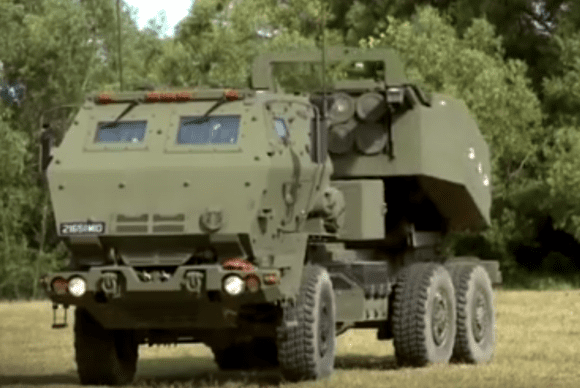Polish Energy Sector – Problems – Four Cardinal Sins
PSE (Polskie Sieci Elektroenergetyczne – Polish Electric Energy Grids) imposed limitations of energy supply, on the major consumers. According to the official announcement, the undertaken actions were caused mainly by the weather conditions and the resulting water shortage (water is required to cool down the power stations). Careful analysis of the situation shows that there are many more factors, having a negative impact on the national energy system.
Bad Management of the Power Reserves
PM Ewa Kopacz, right after the power shortage was noted, required the energy production facilities to postpone the repairs of some of the power stations, which means that they were not undergoing maintenance, even though the country faced a risk of power shortage caused by the weather conditions. The burning question here is related to coordination of this type of activities.
Lack of production assets in possessed by PSE
As it is noted by Krzysztof Kilian in his article for Biznes Alert, maybe PSE should have its own power units at its disposal, in order to balance the system out. Theoretically, the Lower Oder (Dolna Odra) power-plant facility should play this role, as, starting from 2016 this power generating plant is going to, constitute an element of so called cold reserves. However, the related launch costs are too high. Throughout the last couple of days it was more profitable to impose limitations on 1600 companies, instead of launching the facility above.
Bad status of the industrial infrastructure
According to the Polish Supreme Audit Office, 50% of the power transmission lines in Poland are 40 years old, remaining ones approach the age of 30. The new ones are not being created, since the industrial corridors act was not implemented quickly enough by the government. That act was signed by the ex-President of Poland, Bronisław Komorowski. As a result, the existing network is often characterized by poor current carrying capacity, which is often worse than the energy generation capabilities (Słupsk is a great example here – a wind farm is located nearby, along with a connection with the Swedish power system).
Wrongful legislation
The current regulations force the PSE company to secure the assets for connecting the power plants which are non-existent, but which are a part of the plan - these investments could even be left unrealized. And the Effect? The Operator has no financial assets which could be used, for instance, in order to realize intervention purchases.



